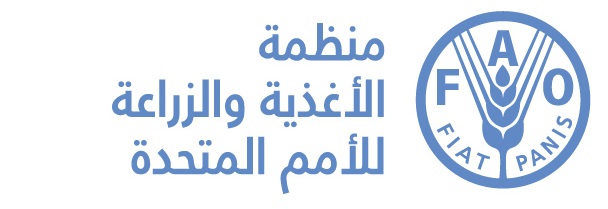Olives under attack in Italy
Posted on جمعة, 09 يناير 2015, 14:24

The Guardian recently drew attention to a new threat to the olive trees of Italy, and by extension the rest of Europe, already suffering in 2014 from extensive attacks by olive fruit flies (Bactrocera oleae). Leaf Scorch, caused by the bacterium Xylella fastidiosa, has infected thousands of hectares of olive groves in the southern Italian province of Apulia.
An expert panel of the European Food Safety Authority (EFSA) warned this week that establishment and spread in the EU is very likely, and that there could be yield losses and other damage. Control would be costly. The disease blocks the vessels that conduct water from the roots of a plant to its leaves, eventually causing the leaves to shrivel and die. Without leaves, the plant itself will eventually die too. It is spread by sap-sucking insects.
At the moment we do not know how Xylella fastidiosa arrived in Italy, and we may never know for sure, but there are a lot of possibilities. It could have arrived in a commercial shipment of fruit or on a piece of fruit in someone s luggage. It could have arrived in ornamental plants through a nursery. The disease is common in the southern United States, from Florida to California, where it causes Pierce''s disease in grapes. It is also widespread in Central and South America. Xylella fastidiosa can infect many different species of host plant and is also transmitted by many different sap-sucking insects. Controlling all potential hosts and all possible vectors is thus very difficult. The widespread use of insecticides would carry environmental risks, the EFSA panel warns, and in addition many olive farmers in Apulia reject the idea of destroying their olive groves, which may be hundreds of years old. Some emergency measures have already been put in place, with surveys of the bacteria''s prevalence in Italy and the introduction of inspections and treatment of plants and fruit shipments from areas where Xylella fastidiosa is common. Many pests and diseases that attack commercially and environmentally important plants are beginning to appear in places where they have not been seen before. While we may not know exactly how Xylella fastidiosa arrived in Italy, in some respects the causes of shifting pests and diseases are obvious: increased trade and travel, ferrying pest organisms around the globe, and climate change making it possible for them to establish in new places.
The International Plant Protection Convention (IPPC) has developed several standards and recommendations intended to minimise the risk of pests and diseases spreading while at the same time promoting safe trade, protecting the environment and ensuring food security. We also help our developing country members to implement those standards and recommendations. In addition, there are relatively simple things that everyone can do to lower the risk. Start by being aware of the pests that might be a risk to your area. Don''t bring fruits and vegetables home with you when you travel. Don''t move firewood long distances, use it where you find it. And if you notice a bug you haven t seen before try to describe it, what it does and let a person working with your national plant protection organization (NPPO) know about it. The EFSA panel has also recommended that research on the host range, epidemiology and control of the Apulian outbreak be continued and intensified. This and other factors will be considered at a meeting of the EFSA standing committee on 19-20 January.

